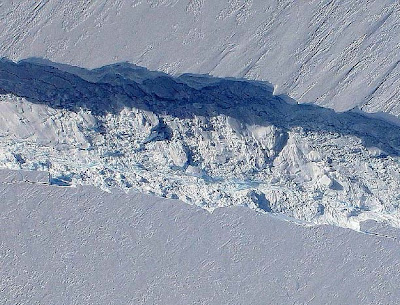
I respectfully disagree with Homer Hickam's "The Commercial Space Age Has Begun" ( America has been the world leader in space exploration for 50 years, and under the ambitious plan laid out by President Obama and Congress, we will continue to lead for at least the next half-century The president has challenged NASA to accomplish big things—to rendezvous with an asteroid by 2025 and send humans to Mars in the 2030s. These are specific goals toward which NASA is planning and making investments.
Our vision for the future is clear: hand off low-Earth orbit transportation to the private sector; develop the technology and vehicles needed to explore deep space, eventually landing a human mission on Mars; and help develop quieter and cleaner airplanes, all while inspiring our young people to out-innovate and out-compete the rest of the world.
NASA recently launched the most ambitious mission ever to Mars, the Curiosity rover, to help answer questions about conditions for life beyond Earth. America's love of space exploration and its crucial role in our nation's life and priorities is stronger than ever
Source:http://online.wsj.com
Our vision for the future is clear: hand off low-Earth orbit transportation to the private sector; develop the technology and vehicles needed to explore deep space, eventually landing a human mission on Mars; and help develop quieter and cleaner airplanes, all while inspiring our young people to out-innovate and out-compete the rest of the world.
NASA recently launched the most ambitious mission ever to Mars, the Curiosity rover, to help answer questions about conditions for life beyond Earth. America's love of space exploration and its crucial role in our nation's life and priorities is stronger than ever
Source:http://online.wsj.com










